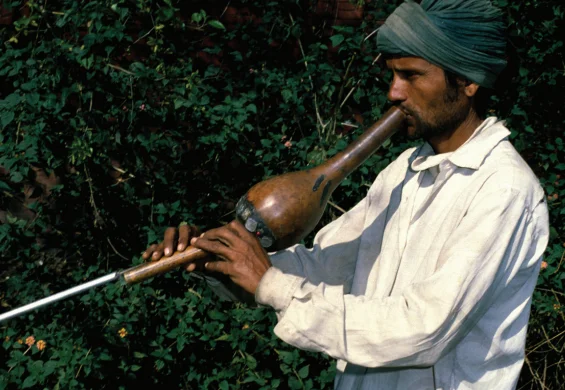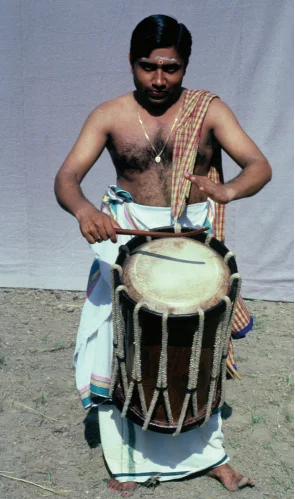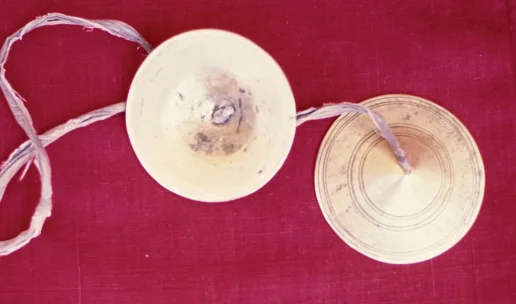Introduction
Musical instruments in India span a vast array of forms, reflecting the country’s rich cultural diversity. From ancient traditional instruments to modern innovations, they play a vital role in expressing emotions and preserving heritage.
Classification of Musical Instruments
- Based on how sound is produced, musical instruments are categorized into four main groups according to the Natya Shastra
- Tata Vadya Or Chordophones- Stringed Instruments
- Sushira Vadya Or Aerophones- Wind Instruments
- Avanaddha Vadya Or Membranophones – Percussion Instruments
- Ghana Vadya Or Idiophones – Solid Instruments
-
Tata Vadya Or Chordophones- Stringed Instruments
- An instrument in which a string or cord vibrates to produce sound is called a tata vadya.
- On the taut string, these vibrations are produced by bowing or plucking.
- The tata vadya are divided into two broad categories-
- Plucked (Sitar, Veena and Tambura)
- Bowed (Sarangi, Esraj and Violin).
- The Kamaicha is a bowed lute played by the Manganiars of West Rajasthan.

-
Sushira Vadya Or Aerophones- Wind Instruments
-
- In the Sushira Vadya group, sound is produced by blowing air into a hollow column.
- The pitch of the note is determined by controlling the air passage and the melody is played by using the fingers to open and close the instrument.
- The wind instruments are roughly divided into two categories on the basis of how sound is produced.
- Flutes: Pandit Hariprasad Chaurasia is a famous flautist from India.
- Reed instruments like Shehnai and Nadaswaram. Ustad Bismillah Khan was a famous Shehnai Player.

-
Avanaddha Vadya Or Membranophones – Percussion Instruments
-
- In the Avanaddha Vadya category of instruments, sound is produced by striking the animal skin which has been stretched across an earthen or metal pot or a wooden barrel or frame.
- Seals excavated from Indus Civilization sites show figures of men playing the horizontal drums hung from the neck.
- Drums have been divided into different categories on the basis of their shapes and structure as well as the position and placement for playing.
- These include Oordhwaka (Tabla and Chenda), Ankya (Mridangam, Pakhawaj), Alingya (Dufflies), and Damaru.

-
Ghana Vadya Or Idiophones – Solid Instruments
- It is the genre of solid instruments that do not require any tuning.
- They are also called the Idiophone instruments.
- The most popular examples of Ghana Vadya are Manjira, Jaltarang, Kanch-Tarang, Jhanj, Khartal, etc.

Conclusion
- Indian musical instruments, with their intricate designs and unique sounds, are integral to the country’s musical traditions.
- They serve as vehicles for artistic expression, connecting generations and cultures, enriching the tapestry of India’s musical heritage.
![]() April 12, 2024
April 12, 2024
![]() 2096
2096
![]() 0
0



